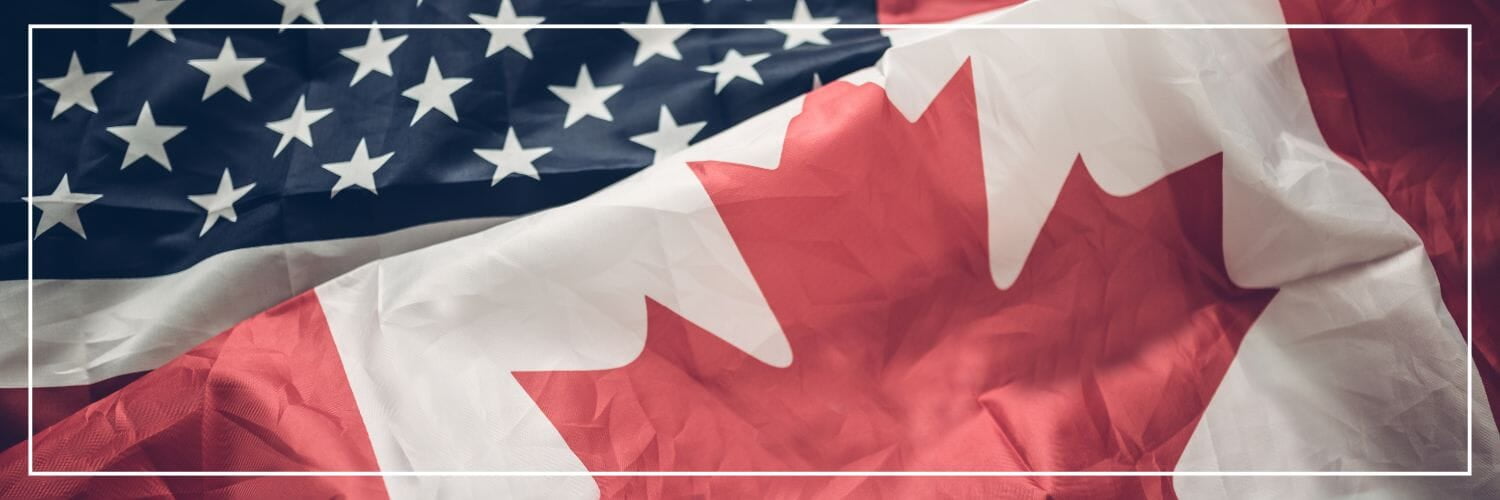

As the prospect of significant tariffs continues to loom over Canadian exports, especially with President-elect Donald Trump's recent announcement regarding a potential 25% tariff on all imports from Canada, the pressing question is: Is Canada financially prepared to handle this threat? The answer is multifaceted, involving both the immediate economic effects and the strategic actions that Canadian businesses and the government can implement to mitigate risks
The Tariff Landscape
In November 2024, Trump announces his intention to impose a 25% tariff on all products imported from Canada and Mexico. This proposal represents a substantial escalation from the previously discussed 10% tariff and could have severe consequences for Canada's economy. In 2023, trade between Canada and the U.S. amounted to approximately CAD $3.6 billion daily, emphasizing the deep economic interdependence between the two nations.
The Canadian Chamber of Commerce warns that such tariffs could shrink Canada's GDP by about 2.6%, equating to roughly CAD $78 billion, translating to an annual cost of approximately CAD $1,900 per person. If retaliatory tariffs are enacted by other countries in response to U.S. actions, the economic fallout could push Canada into recession by mid-2025.
Financial Resilience and Strategic Planning
Despite these worrying predictions, Canada has several strategies it can employ to bolster financial resilience against potential tariffs:
Diversification of Markets: Canadian exporters are encouraged to explore markets beyond the U.S. This strategy not only reduces dependence on a single trading partner but also opens up new revenue streams. Canada can strengthen its trade relationships with Asia-Pacific countries, particularly through agreements like the Comprehensive and Progressive Agreement for Trans-Pacific Partnership (CPTPP).
Proactive Sales Strategies: Businesses can boost sales ahead of any tariff implementation. By increasing sales now, companies can lock in revenue and maintain customer relationships before any price hikes due to tariffs.
Cost Management: Offering temporary discounts or adjusting pricing strategies can help Canadian products remain competitive in the U.S. market despite increased costs from tariffs.
Financial Consultation: Engaging with financial experts and CPAs can provide businesses with insights into cash flow management and profitability analysis under new tariff conditions. This allows companies to prepare for various scenarios and adjust strategies accordingly.
Government Initiatives and Support
The Canadian government is taking steps to mitigate the impact of U.S. tariffs. Recent initiatives include increasing funding for border security and enhancing surveillance measures along the U.S.-Canada border. However, these measures are primarily aimed at addressing concerns related to illegal immigration and drug trafficking rather than directly countering tariff threats.
Moreover, discussions between Canadian ministers and Trump’s aides highlight Canada's proactive approach to addressing tariff-related concerns. These talks aim to emphasize the detrimental effects tariffs could have on both economies, fostering dialogue that could lead to more favourable outcomes for Canadian exporters.
Economic Implications for Consumers
The potential implementation of tariffs will not only affect businesses but also have direct consequences for consumers. Higher prices for goods imported from Canada could lead to inflationary pressures in the U.S., further straining household budgets that are already impacted by rising costs due to previous economic challenges.
Canadian industries such as food, healthcare, and consumer products may face increased production costs that will likely be passed down to consumers in both countries. This scenario underscores the interconnected nature of the economies and highlights the importance of both nations seeking collaborative solutions rather than resorting to protectionist measures.
While the threat of a 25% tariff poses significant challenges for Canada, there are multiple strategies available for businesses and the government to mitigate these risks. By diversifying markets, adopting proactive sales strategies, leveraging financial expertise from Greenlight Capital Canada, and fostering government-business collaboration, Canada can enhance its financial readiness.
This landscape reminds us of the importance of adaptability in an era marked by disruption. As Canada navigates these uncertain waters, it must remain vigilant and proactive in safeguarding its economic future against external threats, while fostering resilience within its industries. The focus should be on turning challenges into opportunities—ensuring that both Canadian businesses and consumers emerge stronger from this potential crisis.
Sources
Al Jazeera - US-Canada Trade War Impact
MPA - Canada’s Financial Readiness



